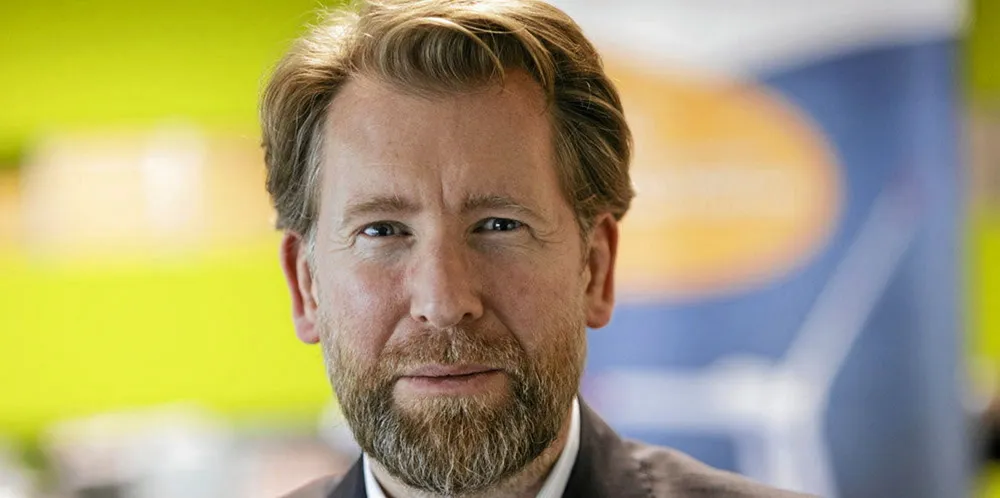'A lot of gambles' | Only floating wind's pioneer trio has track record for first wave: BW Ideol
INTERVIEW | Norwegian-owned group among select few with real-world experience needed to minimise risk on early large-scale projects, claims commercial chief Bruno Geschier

With floating wind power poised to make the leap to the industrial big time with its first wave of large-scale projects, one of the sector’s first movers claims only its early trio of technology pioneers has the track record needed to underpin investment decisions with billions of dollars at stake.
As chief sales and marketing officer at platform specialist BW Ideol, Bruno Geschier’s motive for the assertion is plain to see – his company, along with Principle Power and Equinor, were the first to put utility-scale floating units in the water, although they have since been joined by the Shell- and RWE-backed Stiesdal Offshore Technologies TetraSpar.
“Experience enables us to take much more calculated risks when it’s time to put a binding offer on the table,” he said on the sidelines of France’s annual FOWT floating wind event, held this year in Montpellier.
“How can you make a binding offer that’s as competitive as possible – with the minimum amount of contingency and safety nets – without having a correct appreciation of the Capex, the Opex, the yield of the specific floater, a specific turbine from a specific area?
“Whoever claims to be technology agnostic will need to be making different simulations with different floaters for which they will not have the models... they will say ‘roughly we believe that such a floater will cost that much’.
“They will be taking a lot of gambles on the Capex, the Opex the yield and still [have to] make a binding offer,” stated Geschier.
“Which new technologies besides PPI [Principle Power], [Equinor’s] Hywind and ourselves will be on the market and be able to say our technology is bankable, we have three years of return on experience of operational experience, maintenance experience?”
BW Ideol is also gearing up to help advance other developments off France in conjunction with EDF, in Scotland – where it is part of a consortium that secured 1GW of seabed rights – Japan and California, as part of a wide-ranging global portfolio.
'Other projects in the water'
Geschier’s view that only the pioneering trio will be comprehensively bankable for the early wave of first projects is not shared by some others in the sector.
Séverine Baudic, managing director of New Energies and Services at SBM Offshore, which is developing floating wind systems based on tension-leg platform (TLP) technology, agreed that a track record is valuable but said “where you’re talking about projects that will reach final investment decision post 2025 there will be other projects in the water”.
“We see ourselves as a very strong player and that’s the feedback we’re getting from our clients.”